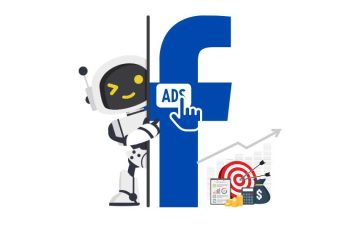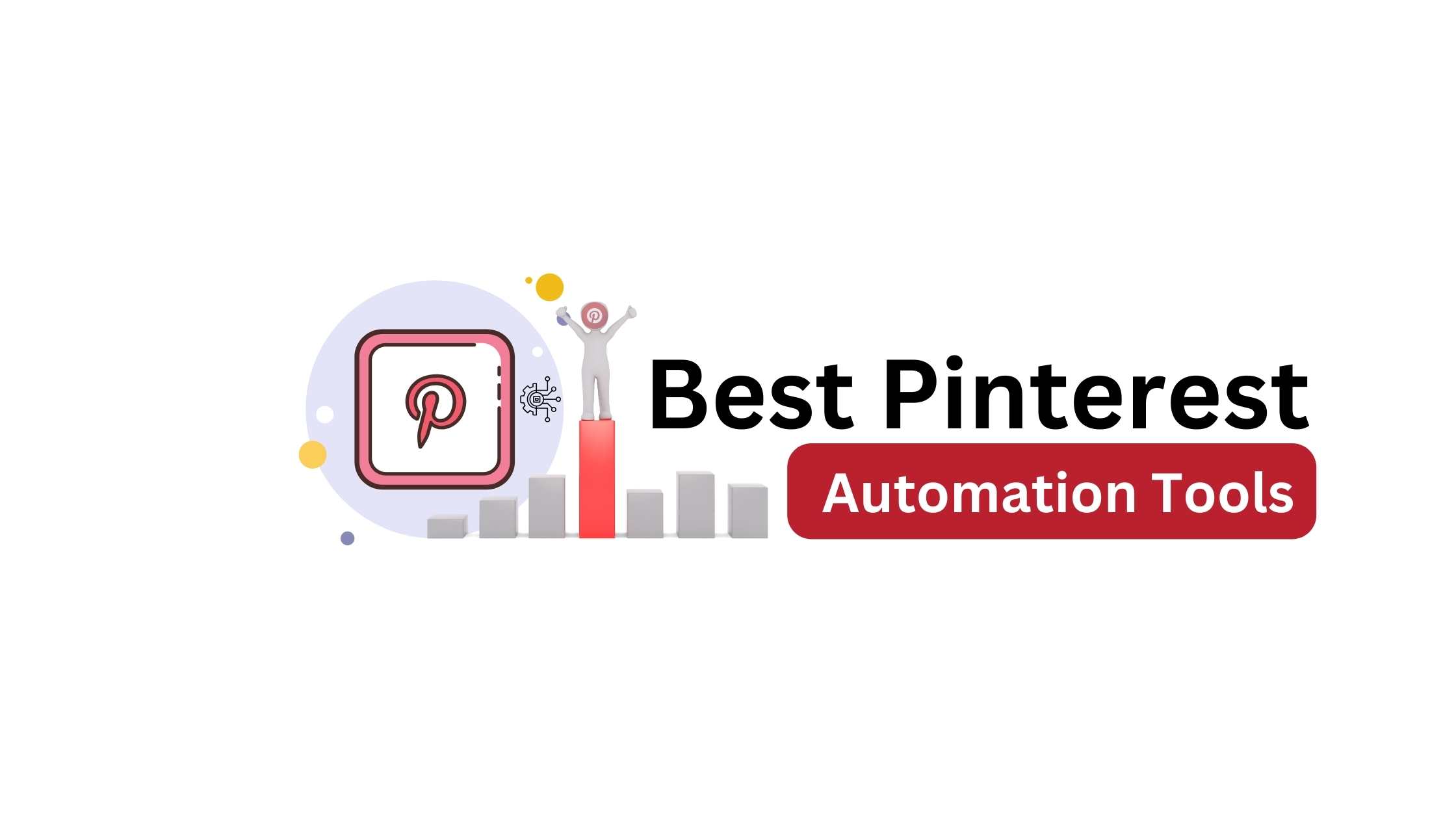Introduction:
Meta, formerly known as Facebook, is one of the largest social media platforms with over 2.9 billion active users. With such a large user base, Meta advertising can be an effective way to reach your target audience. However, to achieve a high return on ad spend (ROAS) and improve your ad performance, it’s essential to optimize your Meta account. In this blog, we’ll provide a checklist of 15 Meta ads optimizations that every media-buyer should consider to achieve success on the platform.
15 Meta Advertising Optimization Checklist:
1. Dynamic Ads to Broad Audiences (DABA) Testing:
Dynamic Ads to Broad Audiences (DABA) is a powerful targeting feature that allows you to show dynamic ads to people who are most likely to convert. By testing DABA, you can expand your audience reach and optimize your ad performance.
2. Whitelisting Testing:
Whitelisting involves working with creators/influencers and using their accounts to publish your ads. By testing whitelisting, you can improve your ad targeting and reach new audiences that may be interested in your products or services.
3. Broad Audience Testing:
Testing broad audiences with no targeting can be a useful way to reach a wider audience and gather data about your audience preferences. By testing broad audiences, you can identify new targeting opportunities and improve your ad performance.
4. Broad Interest Audiences Testing:
Broad interest audiences are groups of people who have shown interest in specific topics or activities. By testing broad interest audiences, you can target people who may not be aware of your product or service and improve your ad performance.
5. Stacked Lookalikes Testing:
Lookalike audiences are groups of people who share characteristics with your existing customers. By stacking lookalike audiences, you can expand your reach and target people who are more likely to convert.
6. Retargeting Testing:
Retargeting involves showing ads to people who have already interacted with your brand, such as website visitors or past buyers. By testing retargeting, you can improve your conversion rates and target people who are more likely to purchase your products or services.
7. Advantage Plus (ASC) Campaign Testing:
Advantage Plus (ASC) campaigns are a powerful feature that can help you optimize your ad performance. By testing ASC campaigns alongside your normal conversion campaigns, you can identify new targeting opportunities and improve your ad performance.
8. ASC Set-Up Testing:
ASC set-up involves creating separate campaigns for your catalog. By testing different ASC set-ups, such as putting your catalog in a separate ASC, you can optimize your ad targeting and improve your ad performance.
9. CRM List Testing:
Uploading your CRM list to Facebook can be a useful way to create lookalike and custom audiences. By testing CRM list targeting, you can improve your ad targeting and reach people who are more likely to convert.
10. Budget Split Testing:
Budget split testing involves allocating a percentage of your budget to top-of-funnel cold audiences. By testing different budget splits, you can optimize your ad targeting and improve your ad performance.
11. CAPI Set-Up Testing:
CAPI set-up involves setting up your Conversion API (CAPI) to track conversions accurately. By testing CAPI set-up, you can ensure that your tracking is working correctly and get better insights into your ad performance.
12. Campaign Budget Optimization (CBO) and Ad Set Budget Optimization (ABO) Testing:
CBO and ABO are two optimization features that can help you improve your ad performance. By testing both features, you can identify which optimization strategy works best for your campaigns.
13. Catalogue and Dynamic Creative Ad Format Testing:
Your product catalog and ad format can greatly impact your ad performance. By testing your catalog set-up and dynamic creative ad format, you can identify new targeting opportunities and improve your ad performance.
14. Pixel Testing:
Pixel testing involves ensuring that your pixel is set up correctly and tracking accurately. By testing your pixel, you can identify any tracking issues and ensure that your ad performance is accurately measured.
15. Cost Caps Strategy Testing:
Cost caps strategy involves setting a maximum cost per action (CPA) that you are willing to pay for your ads. By testing cost caps, you can control your ROAS and optimize your ad performance.
Read Also: 7 Essential Tips to Boost Your Facebook Ads Performance
Conclusion:
Meta advertising can be a highly effective way to reach your target audience and achieve a high return on ad spend. However, to optimize your ad performance, it’s essential to test and optimize your Meta account regularly. By using the checklist of 15 testing ideas and optimizations provided in this blog, you can identify new targeting opportunities and improve your ad performance on the platform. Keep in mind that not all optimizations will work for every campaign, so it’s essential to test and find what works best for your specific goals and audience.

Hello, I’m Ali Raza, the brain behind Digital Realm Trends.
Hailing from the vibrant world of digital marketing, I’ve honed my skills over years. Based on my experience, I’m here to unravel the complexities of digital marketing, analytics and paid marketing, crafted for individuals like you. Join me in uncovering the power of digital marketing tools and strategies, fueled by experimentation and insights.




